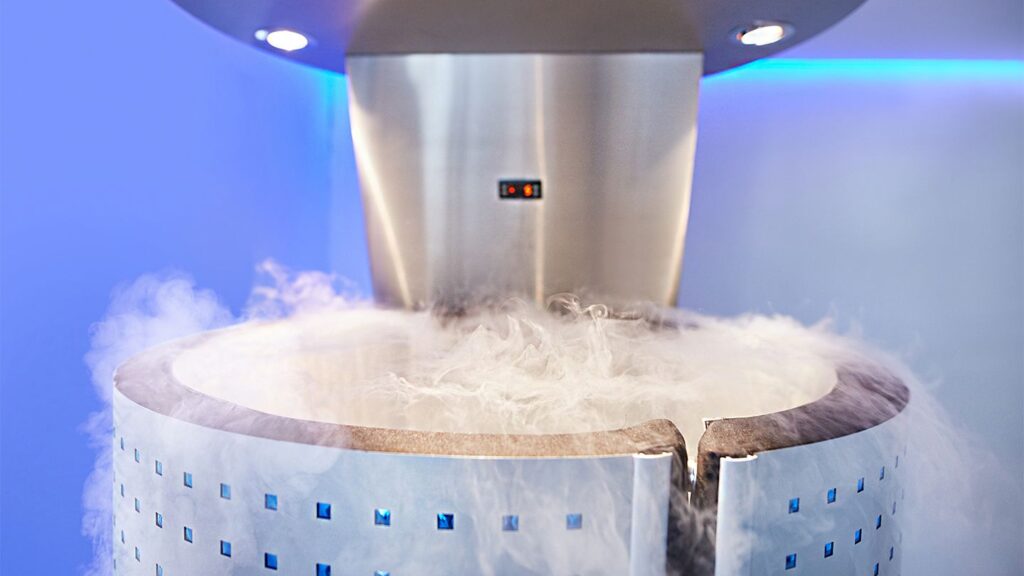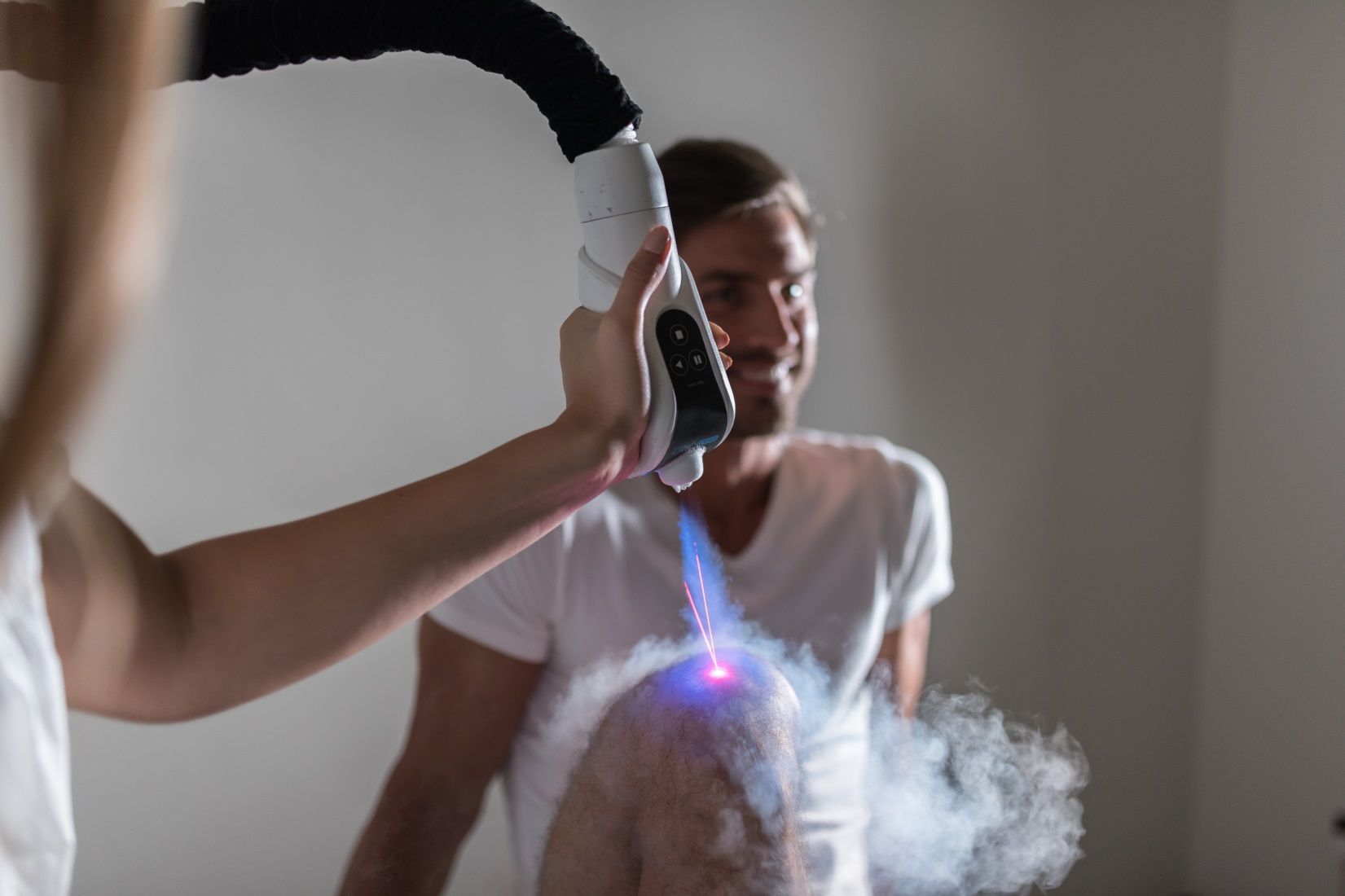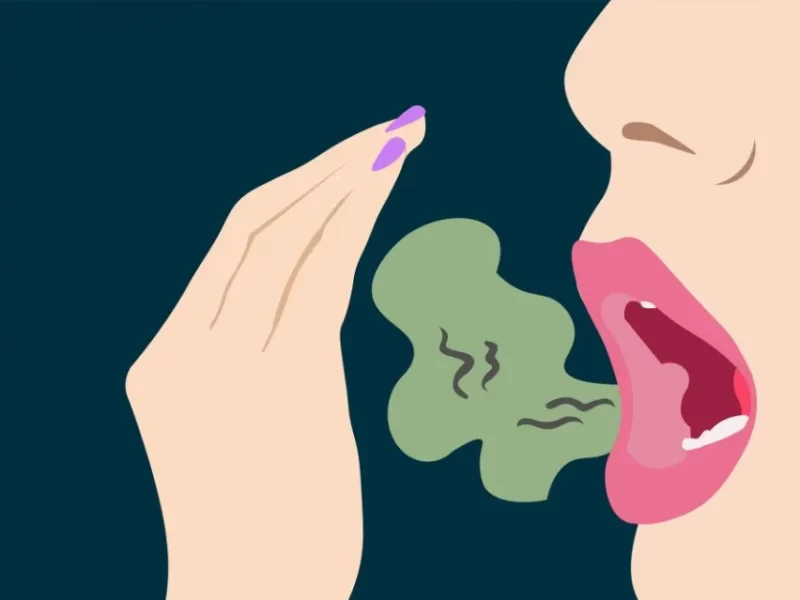A painful degenerative condition called arthritis is thought to affect 54.4 million adult Americans. Of those, 23.7 million claims that their symptoms are severe enough to make it difficult for them to lead a normal life.
Although medication and physical activity are beneficial, many people look for alternative therapies to help them manage their symptoms. Cryotherapy, one of these therapies, can lessen arthritis-related pain in the muscles and joints.
But is cryotherapy beneficial for arthritis? Please read this article to learn more about cryotherapy for arthritis and how it can be beneficial.
What Is Cryotherapy?
For many years, standard injury treatments have included cold therapies and ice baths. After a game or challenging workout, athletes frequently dive into an ice bath, and most medical professionals advise using the RICE method (rest, ice, compress, and elevate) to treat minor injuries. Cold therapy can lessen discomfort and swelling while accelerating the healing process.
Cryotherapy, which was created by a Japanese doctor in 1978, expands on this idea by using hyper-cooled air rather than ice. Cryotherapy for knee or shoulder pain doesn’t stop at just that one joint or injury, unlike sports treatments that concentrate on one body part at a time. The use of cryotherapy, which simultaneously cools the entire body, is effective in treating both localized wounds and widespread conditions like arthritis.
Does Cryotherapy Help With Arthritis?
A safe, well-tolerated, and efficient treatment for arthritis pain and swelling, particularly in the joints, is cold therapy. Applying ice to a sore, painful, or stiff joint reduces blood flow to the area and may have a numbing effect that lessens arthritis pain.
According to a 2019 rat study, using cold therapy to treat a particular area of the body reduced swelling and inflammation associated with rheumatoid arthritis. The study indicates that cryotherapy for arthritis holds a lot of promise as a means of managing pain at home, even though it is not certain whether these advantages translate to humans.
Further Reading:
- What Protein Is Bad For Arthritis?
- Is Pineapple Good For Arthritis?
- Is Chiropractic Good For Arthritis?
- Is Coffee Good For Arthritis?
- Can Physical Therapy Help Arthritis?
- Can Infrared Light Help Arthritis?
Types Of Cryotherapy
There are numerous variations of cold therapy. These include:
- An ice pack. It is possible to use a bag of frozen peas as an ice pack for less severe pain by reaching into the back of your freezer. Additionally, your neighborhood pharmacy may sell more specialized ice packs that are stuffed with a cooling gel for longer-lasting cold relief.
- An ice massage. Use an ice cube to massage the sore or painful area if you require more intense relief. For larger joints like your shoulder or those with more severe arthritis pain, try freezing water in a paper cup to cover a wider surface area.
- An ice bath. Full-body pain and inflammation relief can be achieved by spending no more than 15 minutes in an ice and water bath.
- A cold mist shower. A low-pressure, cold shower may provide safe and efficient cryotherapy for arthritis for at-home pain relief even if your showerhead doesn’t have a misting setting.
- a device used for cold therapy that is prescribed. If you experience persistent or severe inflammation from arthritis, your doctor might prescribe a cold therapy machine that pumps chilled water to a “cryo cuff” that you wrap around a painful area.
Some cold therapy for arthritis techniques may be more practical than others at different times. An ice bath might provide more comfort than, say, a locally applied ice pack. Be mindful, though, that if you are out and about or don’t have time to run a bath, you might continue to experience pain.

Before you decide on the pain management strategy that works best for your body, it might take some trial and error.
The Process Of Cryotherapy
Blood flow to the body’s core is restricted during a cryotherapy session. As the blood circulates through the cardiovascular system, it is purified of impurities and given oxygen, nutrients, and enzymes. Once you leave the building, oxygen-rich blood is circulated throughout the body, increasing energy levels. As a result, inflammation and tissue damage are decreased and the immune system is stimulated.
The treatment’s significant reduction of histamine levels is another important advantage. Histamine is a molecule in the blood which contributes to joints becoming susceptible to inflammatory attack.
Which Is Better For Arthritis Treatment: Hot Or Cold Therapy?
Pain relief for arthritis can be achieved by applying heat or cold. Each has its own pros and cons in different circumstances, so it’s best to use whichever pain treatment method provides the most effective relief for how you feel at the time:
- Cold therapy. Cryotherapy for arthritis works better for acute pain and swelling due to its numbing effect, while also bringing down inflammation
- Heat therapy. If your muscles are sore or fatigued, using this arthritis treatment method will help more. Applying heat therapy may be a better way to calm your muscles, for instance, if you’ve been walking and your arthritis symptoms start to show up without inducing painful swelling.
It’s a good idea to have both hot and cold therapy for arthritis in your toolbox. You can help your body adjust to a more comfortable and minimally disruptive lifestyle by using heat or ice for arthritis symptoms as and when you need them.
How Can You Treat Yourself To Cold Therapy At Home?
Ice Pack
Always wrap frozen vegetables, a bag of ice, or a specialized cooling pack in a dry towel before using a cold pack or placing ice close to the skin. This prevents freezer burn on your skin. Put the pack back on the affected area and leave it there for at least 20 minutes.
Ice Bath
Combine water and ice in your bathtub. Spend the next 20 to 30 minutes submerging the painful area. To prevent a significant drop in body temperature, keep the duration of your full-body ice bath no longer than 15 minutes. To reduce the risk of hypothermia when you exit the bath, be sure to:
- As soon as you step outside, don a hat and gloves.
- Remove any wet swimwear and get dry.
- Take a hot cup of tea, coffee, or chocolate. Drinking something warm will help you return to a normal, healthy body temperature.
- Eating can also slightly raise your body temperature, particularly if you eat something sweet.
- Depending on how painful the initial inflammation is, either sit down somewhere warm or take a walk.
- Avoid attempting to remove the chill with a hot shower. Blood flow is impacted by a sudden temperature change, which may result in unconsciousness.
How Cold Should You Go For Arthritis Treatment?
Regarding the ideal conditions for cold cryotherapy, there is no general scientific agreement. In the end, it comes down to what you find most relaxing and relieving. Finding your ideal temperature may require several sessions.
The temperature settings for your specific model will be explained by your doctor if they advise or prescribe using a cold therapy machine.
Does Cryotherapy Aid Arthritis-related Conditions?
Joint pain isn’t the only issue for many people who have arthritis. Inflammation, neuralgia, and autoimmune complications are just a few examples of related conditions that can hurt or discomfort. Here are a few less-publicized effects of arthritis that cryotherapy can alleviate.
Does Cryotherapy Reduce Inflammation?
Yes, without a doubt, is the answer to this question. Many arthritis sufferers struggle with joint swelling in and around the joints. If left untreated, this swelling may limit the range of motion and make it more difficult to perform tasks.
By stimulating your lymphatic system, cryotherapy reduces this inflammation. Your lymphatic ducts constrict as a result of the cold, pumping lymph through your body to remove toxins and cellular waste.
Your blood vessels widen at the same time, enabling more white blood cells to travel to the area. They’ll eliminate any harmful substances in the lymph and reduce the inflammatory response in your body.
Is Cryotherapy Effective For Autoimmune Conditions?

Rheumatoid arthritis is an autoimmune condition, in contrast to osteoarthritis, which is brought on by the degeneration of connective and bone tissues. Affected joints and connective tissue are attacked by the body’s cells, which treat them like pathogens.
According to research, cryotherapy lowers the temperature inside your joints. Numerous elements that cause joint inflammation and destruction are suppressed by this.
Numerous autoimmune conditions are harmed by the same elements, such as cytokines and harmful enzymes. As a result, cryotherapy may also be useful for treating other chronic pain-causing conditions, such as fibromyalgia and multiple sclerosis.
Cryotherapy For Nerve Pain: Does It Work?
Peripheral neuropathy poses a constant challenge for many arthritis sufferers. This condition causes damaged and irritated nerve endings, which cause numbness, tingling, and pain in the extremities.
Ice applied to these already sensitive areas may exacerbate the discomfort. For some relief from this discomfort without the discomfort of icing, try rheumatoid arthritis cryotherapy.
Who Should Not Use Cryotherapy?
For the vast majority of people, cryotherapy is completely safe, but some should stay away from it. These include people with the following conditions:
- Raynaud’s syndrome
- High blood pressure
- Chest pains, recent heart attack, or irregular heart rhythm
- Epilepsy
- Cold allergy
- Blood clots or stroke, current or past
- Lung conditions that are aggravated by cold
Although it’s safe after giving birth, you should avoid this treatment if you are or suspect that you might be pregnant. As always, consult a doctor to ensure that you are eligible before starting any new medical treatment.
Conclusions
It’s time to take action if you’re fed up with living with the discomfort, sluggishness, and loss of function that come with arthritis. You can get back to living life to the fullest with the help of an efficient, low-risk investment called cryotherapy for arthritis.
Before attempting a treatment like WBC, it is always a good idea to talk with your doctor about it. Like all complementary methods, it should never be used in place of treatments that have a track record of being safe and effective.



